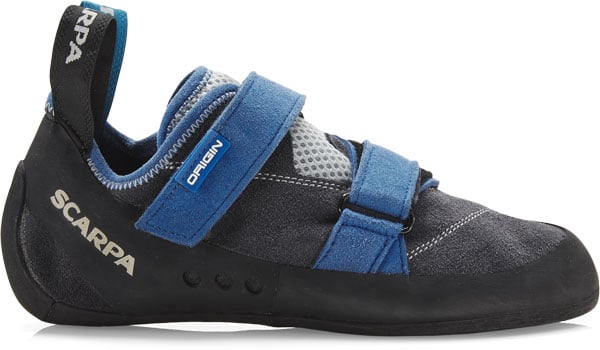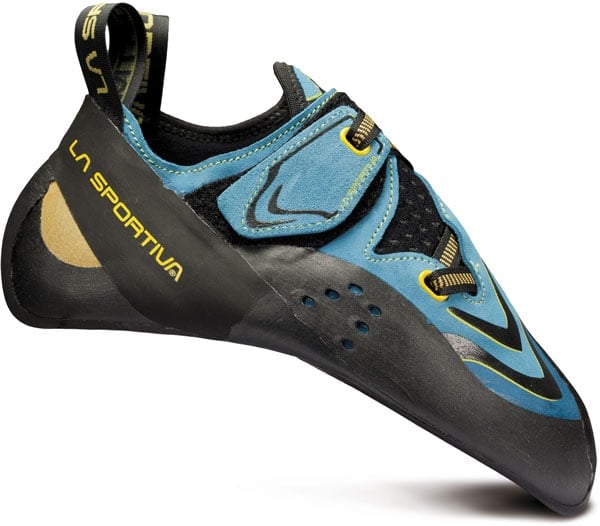Beginner Gear Recommendations
Hey guys!
So, at this point, you may have decided whether or not climbing is something you want to try or something you will have to bear with me talking about until the end of these blogs (I’m very sorry if that’s that case).
If it has piqued your interest at all, I am going to share some of my personal favorites and/or better brands and gear to look into!
**Keeping it realistic, I will only touch on the basic gear you might want to get started for bouldering or outdoor climbing, and what you would need just to get into gym climbing.
No matter which direction you choose, it is always helpful to have a pair of climbing shoes! The more well-known and reliable brands for better quality climbing shoes are La Sportiva, Scarpa, and Black Diamond. You will see a range of shoe types from neutral, moderate, or aggressive in the selection, which varies accordingly with how aggressive the type of climbing is.

Neutral climbing shoes are what you will find as rentals at most climbing gyms: flatter souls, thicker rubber, and more comfortable. These will be one the cheaper end of the sale spectrum and will last longer. That being said, neutral shoes are not designed for any type of overhand climbing and will not live up to the performance level of that of a moderate or aggressive shoe. If you are looking to invest in your own pair instead of getting rentals each time you visit a gym, it is worth the investment to purchase a higher-performance shoe.

Moderate shoes are going to be what you find most amateur climbers wear. I, personally, love the La Sportive Tarantulace, which is built for higher performance in-gym climbing as well as to endure the outdoor rockface. Moderate climbing shoes are more turned down at the tip, making it easier to place your toe on smaller holes and have thinner rubber for slab or crack climbs. However, the caveat to thinner rubber is a shoe that will not last as long but gives a better performance during its time of use. You would be paying slightly more for a little less comfort and more wear and tear, but significant improvement in climbing shoes alone.

That leaves us with aggressive climbing shoes. Many aggressive-type shoes are the most turned-down at the tip, and will certainly feel the least comfortable. They are designed for challenging overhangs and crack climbs and mainly will be used by advanced climbers. For a higher price, you are getting the value’s worth in a skilled shoe fitted for a skilled climber.
As the intensity level increases, so will the price and turn of the tip. At the same time, the comfort and durability of the shoe decrease. Most shoes will start just below the $100 range (unless you can catch them on sale — check REI!!). Climbing shoes will and never should feel comfortable while being worn; they are not designed to be worn all day like tennis shoes or boots would be. Always buy them in person (or at least try the shoe you are buying online on) for a better feel of the fit, and never be afraid to ask someone like an REI employee for advice on what they should feel like. It is crazy to see the difference a simple change in the shoe can make for different types of climbs.

Lastly, a basic element you will need even before climbing shoes is a chalk bag. Many boulderers choose the smaller chalk bags that can stand on their own, but also have straps to clip around your waist so you can use them while climbing. Others choose chalk buckets, which serve nicely to just dip your hands in for powdered chalk instead of having to squeeze it out of a ball. The chalk bag is an easy opportunity to incorporate cool designs or a color theme into your climbing gear (matching it to your shoes?). Black Diamond has some cool designs on them, and I would highly recommend the ones with a clip strap!



